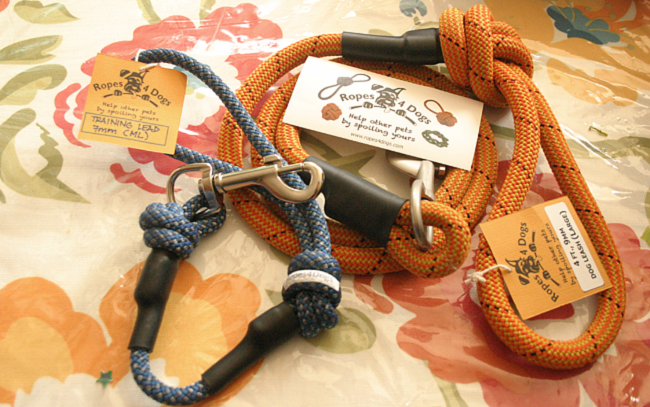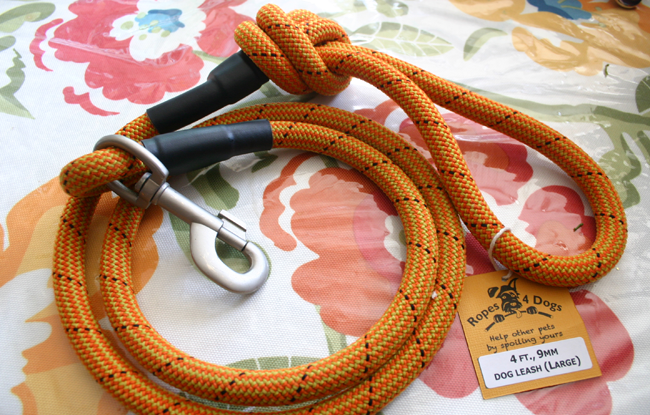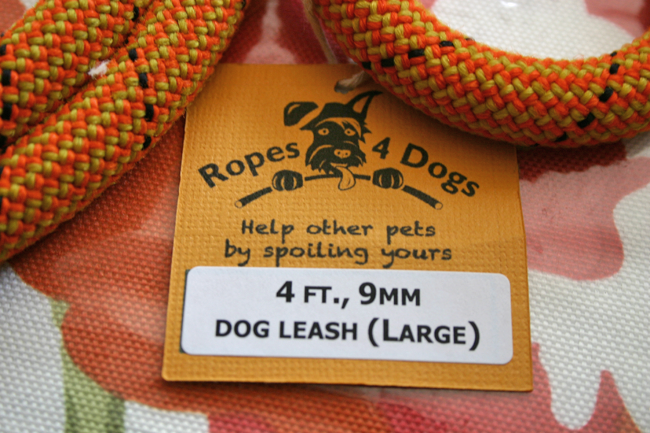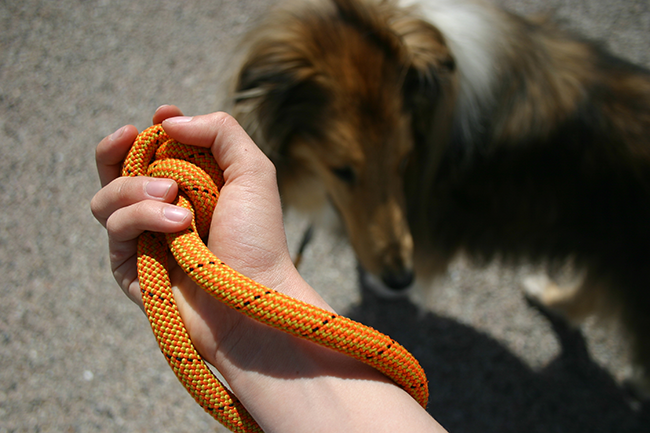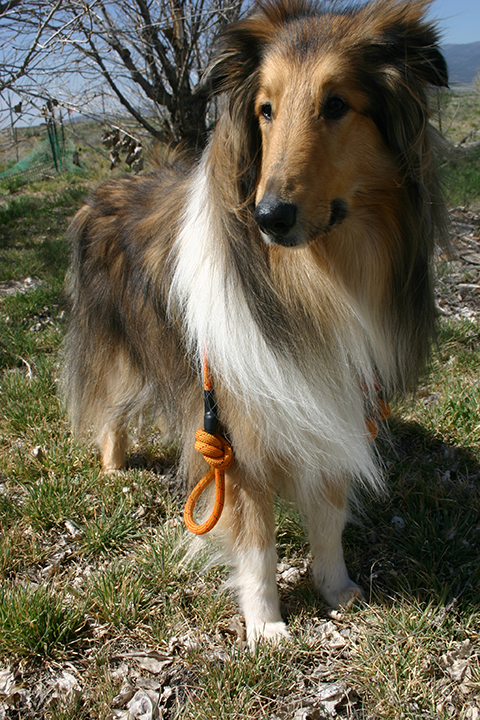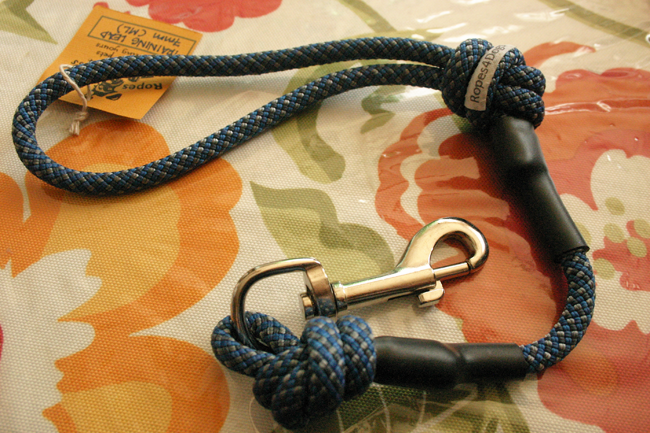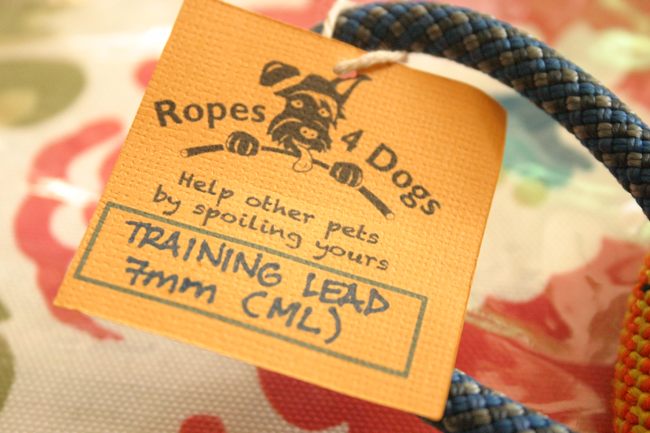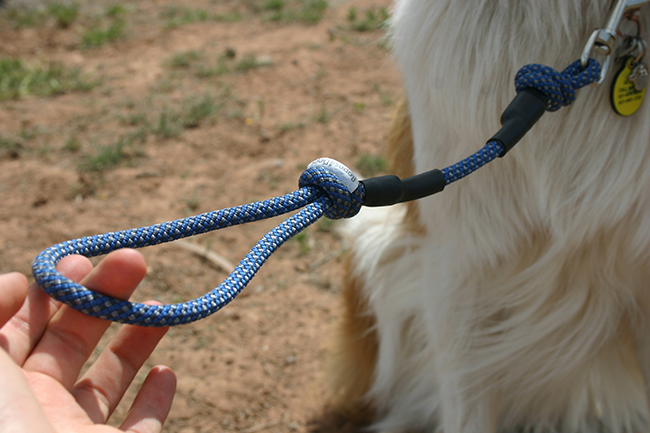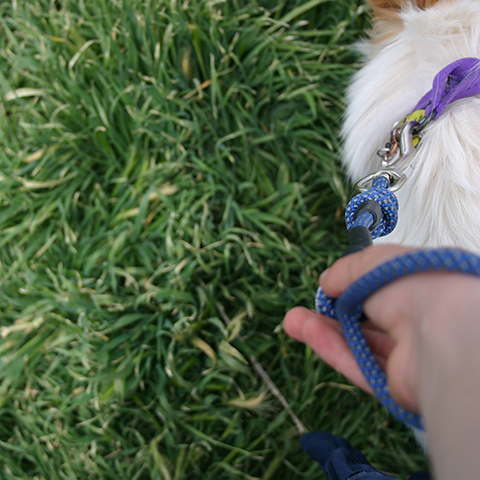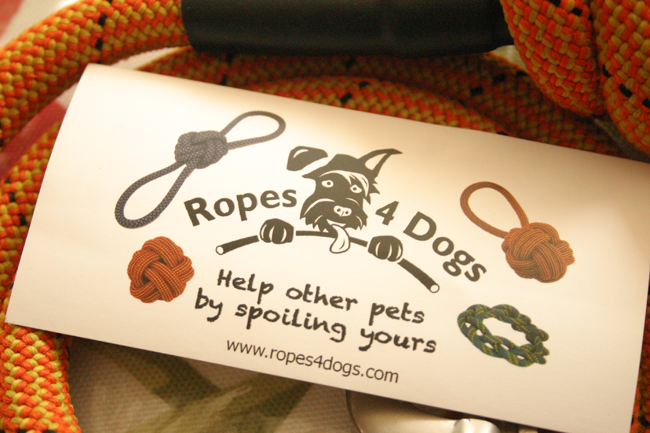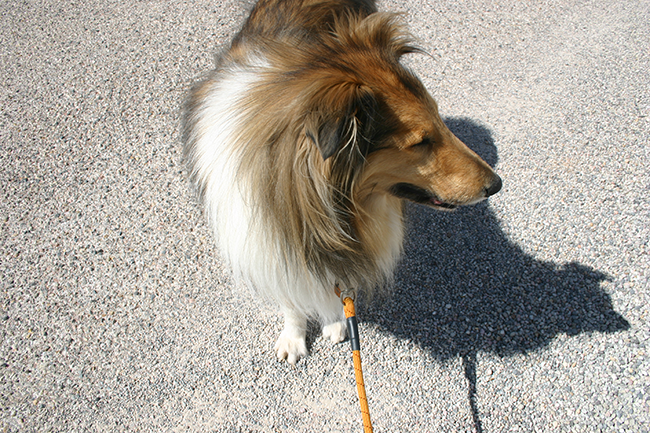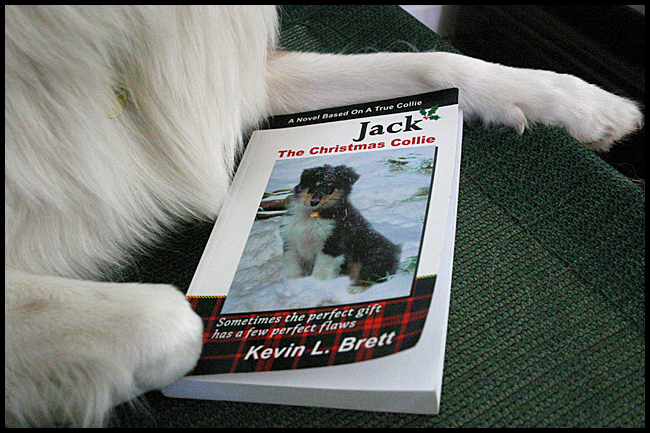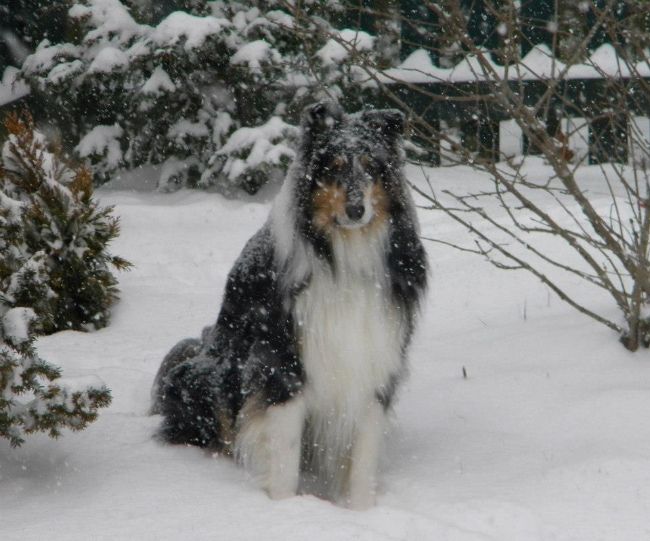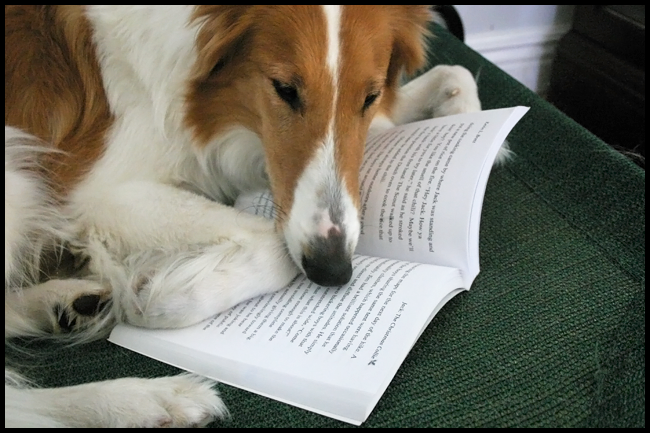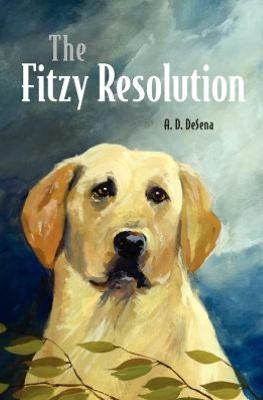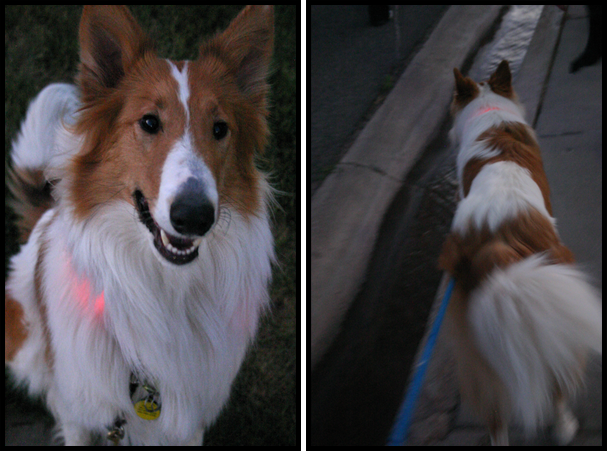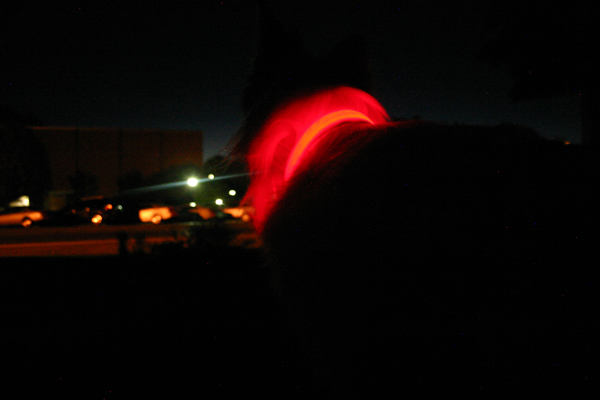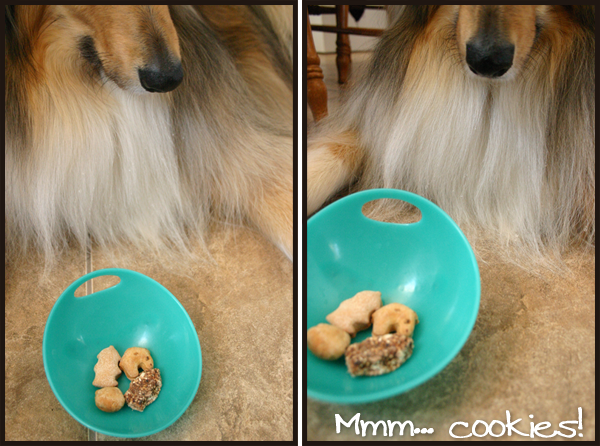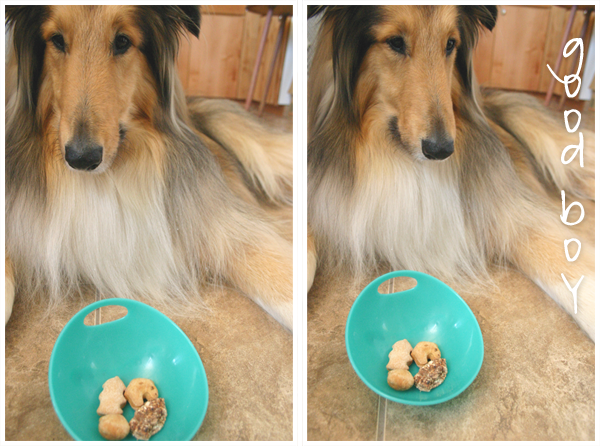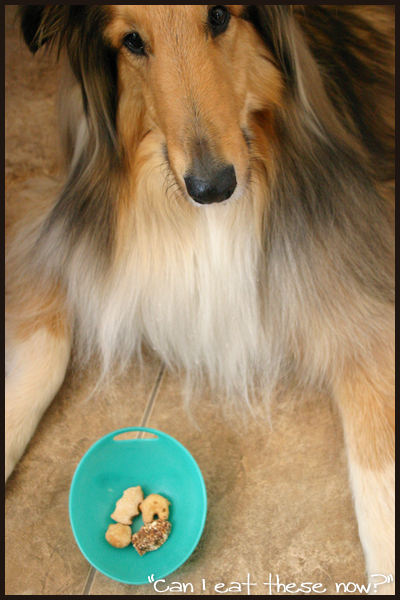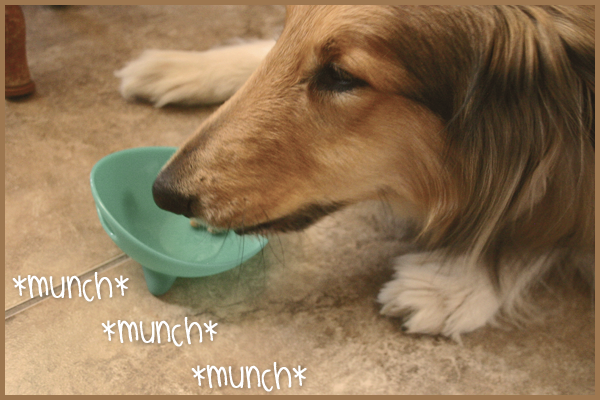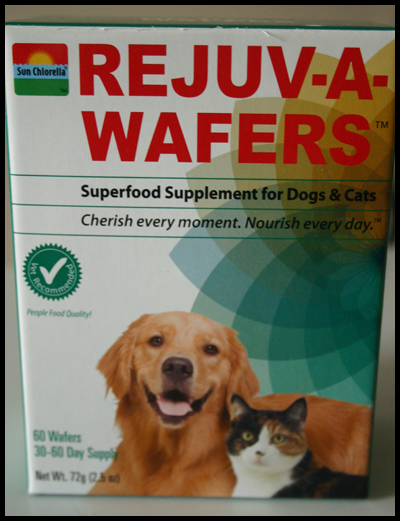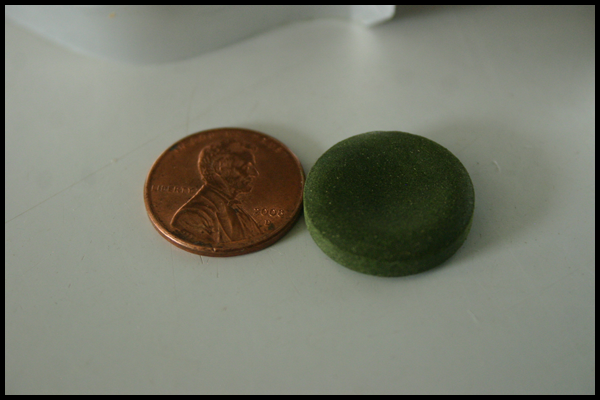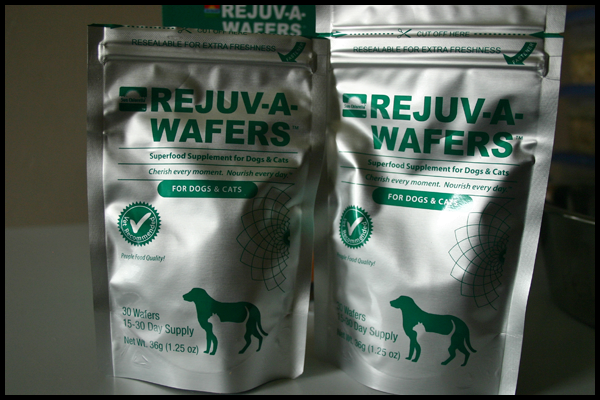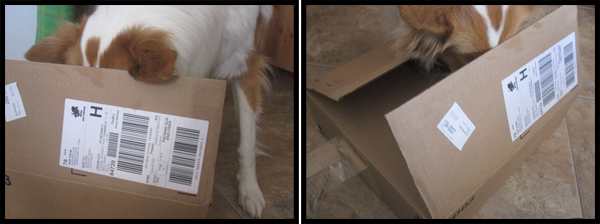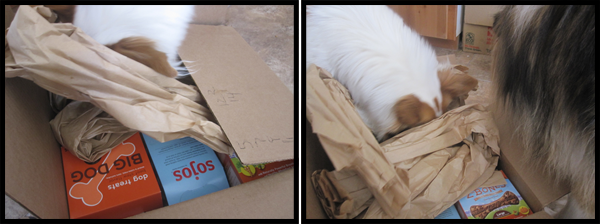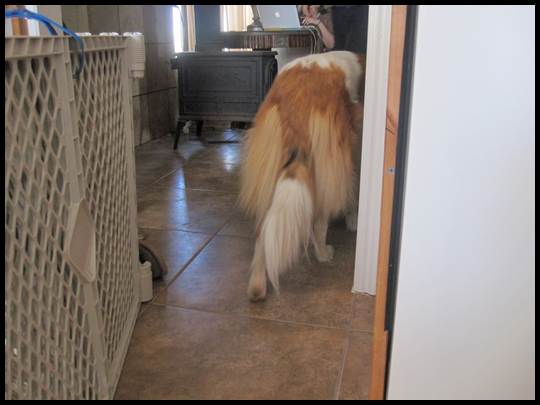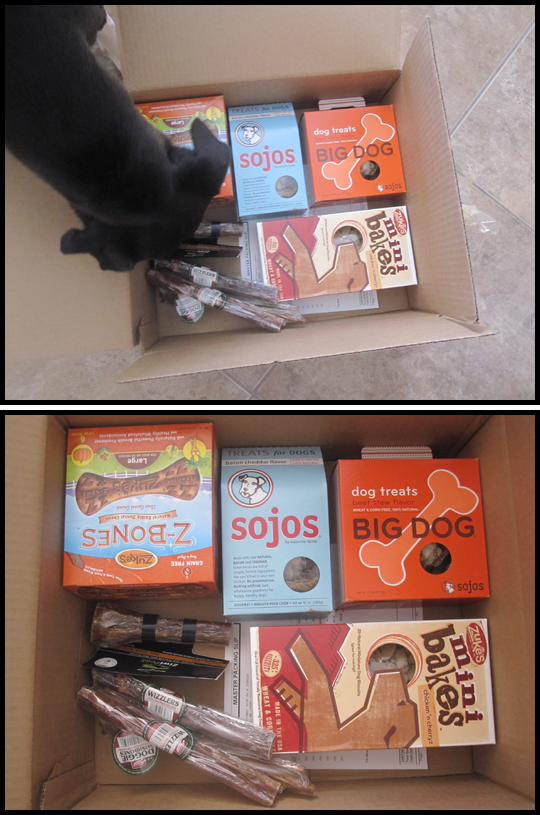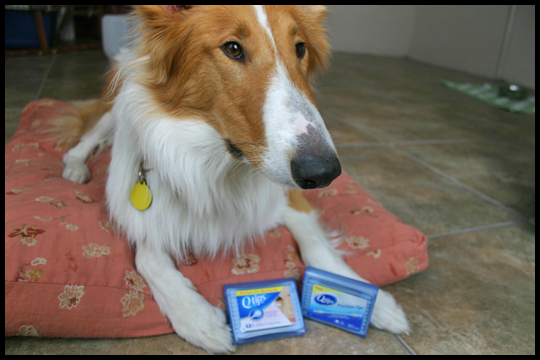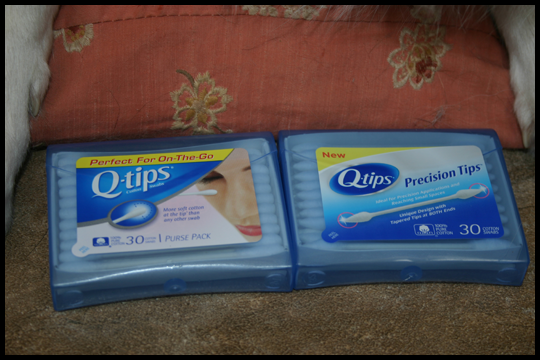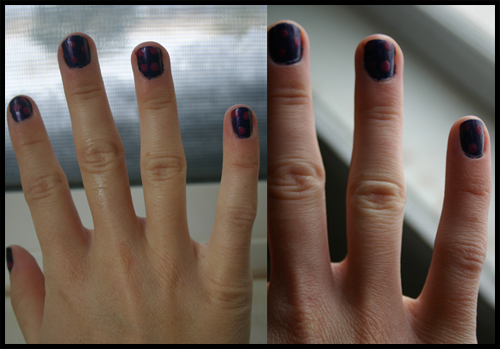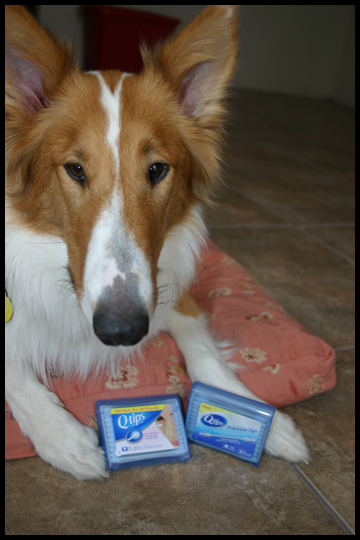What’s Your Story?
Everyone has a story. Maybe it’s about you or your pet or how your pet was a unique or touching rescue story. Maybe your pet rescued someone or kept them safe. Maybe your pet was a therapy dog that was there for someone as they recovered from an injury or illness. Maybe your pet has been trained to perform some remarkable and useful tasks. Whatever it is, you have a story within you; probably several or many! Your life is a story. You’ve overcome conflict or adversity or beat some nearly unbeatable odds to achieve some admirable goal. Maybe you have a story that has probably happened to many people, but not everyone knows how to cope with it or seek help or summon the courage to accomplish their goal. It might be that just by the fact that you told your story and shared it with others, that you might change someone’s life. You might inspire them to see that they can achieve their goals; they can survive their storm or they can entertain others and make them laugh or stretch their imaginations! It’s doable! Every author was once a first-time newbie trying to figure out how to get his or her story out. You don’t have to know exactly what your story is at first; only a general idea.
Start small. Just have fun and explore your characters and the world they live in; write a few snippets of dialog then add to the dialog by envisioning and setting up some scenes that you know probably belong somewhere in the story even if you don’t know where. They’ll find their place eventually. Start with just writing a scene, then another. They don’t have to be in order or related. Just get practice at doing that much. Maybe you just have a short story to tell that’sjust one particular incident or scene. Maybe it’s a bit more and you write a several page short story; basically a chapter that could stand on its own and be entertaining. It’s an episode from a bigger saga. Then take more time to do some lengthy brainstorming to build the world of your story before you actually commit to telling the story. Maybe you have a story that has taken place over many years – great! You could even start in the middle and set up the story and characters, then jump back in time a ways to give more of the back-story, then pick up where you left off in the middle and move forward.
I’ve put together a few of my favorite tips to inform and remind writers about what is important; what really matters and a few things about how to get your story to do what you want it to do. So read these over. Read them again. Practice them and start writing! Have fun with it because telling stories and sharing bits and pieces of your life, your imagination, your fears, hopes and humor is one of the most human things we do. We’re a story-telling bunch of fools! We’ve been telling stories since we first learned how to grunt and how to draw pictures on cave walls. Now get busy and tell your story! Your audience is waiting!
Writing Tips for Helping the Story within You Escape!
1. Writing should liberating not confining! Forget the rules. Too often we are taught not to color outside the lines. Don’t make mistakes, don’t take risks. What happens, by age eight we become little drones who barely question anything, soak or and experience less each year and regurgitate meaningless facts and figures that we are told will help us some day when we’re grown up. Instead of continuing that constricting mental drill, write! Writing is fun! It is liberating. It is how we share our hopes, fears, thrills and other aspects of our life, personality, spirituality and humor. Don’t worry about form, punctuation, storyline or structure. Throw out all the rules that limit you and just get ready to start to explore and run wild around the expanses or your imagination. I read a quote from the author William Plomer: “Creativity is the ability to connect the seemingly unconnected.” That’s it! Connect the dots and see what picture forms. Rules hold you back. Worry about technical details after the story or pass them off to a reviewer or editor.
2. Write about what you love! If you aren’t interested in a topic, an angle, an issue, an event or a locale, then why are you wasting time writing about it. Your readers certainly won’t find it interesting if you can’t write with knowledge, passion or excitement about it. Since I was a kid I’ve always heard the mantra, write what you know about and write about what you love. I know about Collies and love them – that’s easy! I also love martial arts and I am a technology guy, by profession, so those are easy topics for me. Find what you area of knowledge, passion or expertise is and start writing. If it’s cooking that’s your passion, then instead of just another cook book full of recipes, you could write about how you come up with ideas for developing different types of recipes; what’s the creative process that successful chef’s use to develop a mouthwatering recipe? Then you can accompany that thought line with some examples of some of your best reifies. I’m getting hungry just thinking about it!
3. Write every day to improve and keep the creative juices flowing! Ask and answer lots of questions about your characters so you’ll know more about your story before you start to actually write it. There are many writing exercises that you can use to improve your ability to express yourself. What they all boil down to is trying to free your mind, make you think and ask lots of questions. As you answer these questions, you begin to create snippets of dialog. You don’t know where in the story it will go or even if it will go, but it’s an idea and at the very least, it might just help you better understand a character, a scene or answer other questions that you’ve had trouble coming up with responses to. Here are a few questions you can answer about your story’s hero or villain:
a. What is the most exciting thing he has ever done?
b. What embarrasses him the most?
c. What is he or she most afraid of.
d. What was the most life-changing event he has experienced?
e. What is he most proud of?
f. Where did he grow up?
g. What is the thing that he loves more than anything in the world?
h. What is the best decision she has ever made?
i. What is the stupidest thing she has ever done?
j. What does he want more than anything else?
There are many more things you could come up with. Play twenty questions. As you begin to answer these questions, you begin to see who your character is. What conflicts or dilemmas does he or she face. This begins to get at the central theme of the story. As you uncover other conflicts that are not the central one, you begin to create potential sub-plots that are useful in defining and evolving your character and through the course of the story you can resolve these sub-plots or leave some unresolved for later stories. The questions above begin to paint a picture of a life that has been lived rather than some phony two-dimensional profile of a person.
4. Don’t worry about punctuation or vocabulary – that can be addressed when it’s time. Just get the ideas or scene on paper or on your computer screen, don’t lose the flow of your ideas by worrying about technical things when it’s the wrong time. Resist the urge to edit as you write.
5. Forget about the storyline! Explore your characters and the world they live in. Answer those questions about them and the places where the story takes place. Be loose about the structure and the sequence of events. You may have ideas for particular scenes or snippets of dialog. Write them down every time they pop into your head. Keep a notebook handy for this. As you ask more questions, the scenes and snippets will gradually start to come together a bit. Think of it as a cloud of debris in space that is circling. All the ingredients are there for creating a planet, but it’s just not time. Be patient. The story is within you, it just can’t come out all at once. You have to tease it out over time and gradually the planet of your story will begin to form and solidify into a new world! How’s that for creating a visual?
6. The story is not a logical timeline that you create. It creates itself and scenes begin to cluster around you central themes and dilemmas and conflicts as you create the characters, snippets of dialog, scenes and locations and answer more and more questions every day. Spend at least a month or more exploring and playing around with your characters and the elements of the story, conflicts, fears, dilemmas etc., before you even worry about how it all fits together. The more ideas you begin to describe and write down, the more things will start to take shape.
Keep in mind that, the sooner you try to start telling a story, the longer it will take. You will get partway into the story and become stuck because you have not spent ample time up front just having fun connecting the dots and playing with the characters and their lives.
7. Your hero has to be someone you can care about in some way and begin to root for, but he or she has to change by the end of the story. At first, you may not like the hero of the story, he may be a jerk or obnoxious, but eventually, you may begin to reveal to your readers some redeeming qualities that maybe you can begin to relate to. You might not have like him at first, but over the course of the story, your opinion as the reader begins to change and you find that the character begins to grow on you as you learn more about him or as he begins to transform. Eventually you find yourself rooting for the hero, hoping he can get his act together in time to save the day or at least in order to transform into someone more likeable than he started out to be. There has to be something that makes your character someone your readers can care about. If no one cares about the characters or the dilemmas they face or their desires or goals and you can’t strike an emotional chord or bond with your audience, then you have nothing.
8. Characters travel an arc; they have to evolve and change or there is no point. How do they change? They change their perspective about a person, an event, a situation. They gain new knowledge. They have some life-changing experience that affects them in some way that they are never the same afterwards. That can be positive or negative, but there has to be change or there is no journey – you’re just killing time and your reader’s interest.
9. Read every day. If you aren’t reading others short stories or novels you aren’t growing. Your well will soon be dry.
10. Minimize adverbs, make the dialog work harder. Describe the character’s actions and behavior leading up to their line. If you describe the character’s behavior or delivery after the dialog it’s anti-climactic. Your mind, or your reader’s mind will have a tendency to replay the dialog in their mind after reading the adverbs or narrative just to visualize how it might have occurred, now that they understand the character’s mood or behavior. So at least switch the order and put any narrative or adverbs BEFORE the dialog to set the stage for the line. It’s like the start of a new scene. You describe the scene in a broad sense so readers will know where the scene is taking place, then you get to the character’s dialog. Do the same thing for individual dialog and set up the line first. It will have more impact. The scene will flow better and the adverbs after the dialog won’t slow down your reader. You can draw the reader in and set up the line and the mood of the character which will help the reader envision what they’re doing and feeling or thinking before they deliver their line, then the line will be more effective. Example, Jane sat at the table waiting, “Where have you been?” she asked suspiciously. When you first see the line, you don’t know if she’s worried, suspicious, angry, generally curious or what. Instead, lock that part of the scene down a bit first. Jane sat alone at the table staring at the empty chair in front of her. She held her head up with her fist pressed against her cheek, resting her elbow on the edge of the table. The expression on her face showed her obvious disappointment. She could not believe he had stood her up. She stirred her coffee aimlessly as she pondered what to do next when she heard the door open. She looked up in time to see Frank hurrying toward her with a smile. She instantly formed an angry stare that followed him all the way across the room as he approached the table. He stopped at the table, noticing her scowl. He paused silently for an instant and braced mentally himself. His smile turned to worry and then she snapped at him, “Where in the world have you been?” This narrative preceding that single line sets up the scene, the mood and reveals details like the fact that she’s been sitting there waiting and apparently there was a rendezvous planned; that Frank was late for some reason and that her first reaction is to become angry rather than to at least be thankful that he is ok and then maybe ask what happened before deciding whether or not to become angry. A lot of these facts could have been explained after the fact, but setting up the scene this way draws the reader in, creates a mood and gets you up to date first, before she even speaks so there is a bit of a climax or crescendo to this short opening of the scene. Now you have created a sense of anticipation about what will happen next and where this will all go rather than providing a bunch of mechanical details after the dialog to explain what just happened.
11. Don’t be obvious and don’t give it away all at once. You don’t have to be blunt and blatant and boring about describing a scene, but subtle, gradual and almost coy. Instead of, It was windy and sleeting heavily outside. Try, It was morning and the wind slammed pellets of sleet against the side of the house creating a thousand tiny drumrolls. Instead of, It was springtime and everything was in bloom, try, The winter snows had already thawed and melted away into tiny rivers and pools everywhere across the region as the days became longer and warmer. The first buds and sprouts began to form at the tips of branches of trees and bushes. This approach draws the reader into the scene gradually without just dropping it in the lap and saying, “Yep, it’s springtime”. An even better approach than describing the scene in a vacuum is to put the character into the scene. For example, It was still mid-morning as Jim sat, disheveled and hunched over on the edge of his bed; still drained and groggy from another late night working the case. He forced himself to sip some coffee as he tuned in to the sound of a thousand tiny drumrolls created by the howling wind as it slammed pellets of sleet against the outside of the motel window. This approach still describes the scene in a less obvious way and helps paint a more vivid picture of the scene, but more importantly, helps put the character AND the reader right into the scene with the character and makes the scene more alive and active than simply describing the weather. It also helps move the story along a little and create a bit of a sense of anticipation about what is going to happen next. Notice, also, the use of the adverb howling to describe the wind. Howling creates more a sense that the wind is alive or has a different quality to it than simply calling it a strong or blustery wind. Slamming pellets of sleet also implies almost a sense of active intent as if the wind were a person and a strength of force which is more intriguing and violent sounding than simply saying that a strong wind blew sleet against the window. Don’t tell everything about the scene in one blatant sentence, lure the reader in, and draw them into the scene like a camera slowly zooming in on a shot in a movie. This gives them time to notice everything. Gradually expose the details, facts and circumstances of the scene and the character you have placed within it.
12. Every story has some form of conflict.A character may have inner conflict or conflict with other characters or nature; you know, man vs. man, man vs. nature, man vs. himself. That’s essentially it. There are no other choices, but it’s how you combine these ideas. When there is conflict, you want to provide your readers with how the hero will approach the conflict. If there is really something he wants or needs, his first attempts might not succeed and he may have to change is approach or his perception of the conflict. Also, remember there is a difference between a problem and a dilemma. A problem or series of problems can help show how a character behaves, how they handle situations or how they may begin to grow or change. A dilemma is generally not something that can be solved by the end of the story. The purpose of the dilemma is not to solve it, but to help the hero (and the readers) see how to approach it differently or how to change their perspective of it. When the approach or the perspective changes, the hero evolves and we see a different hero than we did at the beginning of the story. He has traveled his arc; something about him has changed and it is that change and growth that helps give readers a sense that they went along with their hero on a journey worth taking.
13. Do your homework. If you are writing about a real place, then do research on it. Even if you’ve never been there. Use Google maps and switch from street view to satellite view so you can see what it looks like and even tour the streets. Notice the way the streets, buildings, houses look; what types of stores, markets, parks are there. You can pick the neighborhoods where the story takes place and describe them accurately! Read up on the history of your locales, what is the current culture, peoples, tribes, ethnicities, foods, music, forms of entertainment, local economy, landscape etc. Get to know the world of your characters better and it will help you tell a richer story. But be careful not to throw in historical facts, figures or anecdotes unless they are tied somehow to a character or some part of the story. Don’t get off topic!
14. Create the visual (use metaphors, analogies) Instead of just describing an action by telling what is happening, relate it to something that can help create a more powerful visual in the reader’s mind. Instead of, They came running up to him shining their flashlights. Try this, Finally catching up to him, some of Jack’s pals and the Scout leaders came bounding along waving flashlights in every direction like the spotlights of some Hollywood movie premiere. When describing nature, try to give it more personality and describe nature’s actions and behavior in terms that would normally describe a person’s behavior or actions. Instead of, A strong wind was blowing outside, try this, Outside the wind howled like a coyote lonely for his mate.
15. Set everything up. Think about writing your novel as though you are looking at the earth from space. You see the whole planet, that’s the place where your characters live, set up the characters, who they are, what they’re about, situations that demonstrate aspects of their personality that you will play on later in the story. After the main characters and opening act is set up, introduce the conflict or dilemma of the story, set up each scene, place the characters in the scene early in the scene description if not directly at the beginning of a scene, don’t give everything away at once, feed out information gradually as it’s needed, just in time, but some information can be provided early because you want to use it maybe for subtle foreshadowing and refer back to it later. Zoom in more into the planet and where the conflict is clear and you are setting up each scene carefully with mood, weather, geography of the scene, props, etc., then when the dialog starts, if it isn’t the actual start of the scene, set up each line and try to minimize the use of adverbs after the dialog line. Set up, set up, set up.
